
June 2015
- HEARING PROTECTION: Guide to Selecting the Right Ear Muff
- VISION PROTECTION: Tips for Protecting Construction Workers' Eyes in the Summer
- VISION PROTECTION: The Most Important Issue of Your Vision Protection Program
- ELECTRICAL SAFETY: Significant Revisions to OSHA 29 CFR 1910.269
- 2015 ASSE PREVIEW: Big Doings in Big D
- EMPLOYEE GIFTS & INCENTIVES: Safety Needs a Brand!
- EMPLOYEE GIFTS & INCENTIVES: Safety Incentive Programs Work
- DEFIBRILLATORS & CPR: AED Macroeconomics 101: A Shifting Demand Curve
- DEFIBRILLATORS & CPR: Chain of Survival Starts with Awareness and Preparedness
- OIL & GAS SAFETY: Is Dialing 911 for Confined Space Rescue Right for the Oil and Gas Industry?
- OIL & GAS SAFETY: A Safer Moving Experience
- OIL & GAS SAFETY: Keeping Oil and Gas Workers Safe and Avoiding Costly Penalties
- RECORDKEEPING: OSHA's Revised Recordkeeping Rule: Major Implications on Employers
- FIRST AID TRAINING: Keeping Employees' Emergency Skills Current
- TRANSPORTATION SAFETY TRAINING: DOT Driver Training Requirements
- HEAT STRESS: Teaming Up Against Heat Hazards
Cover Story
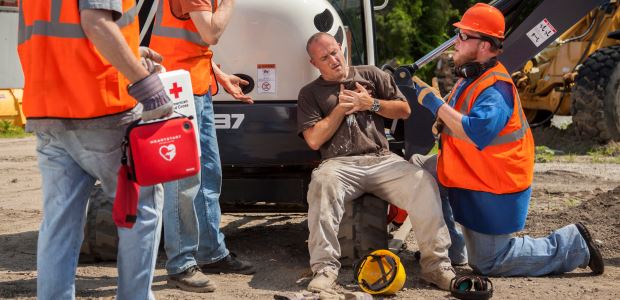
By Steve Rieve
Refreshers and regular drills are essential for ensuring workplace safety.
Features
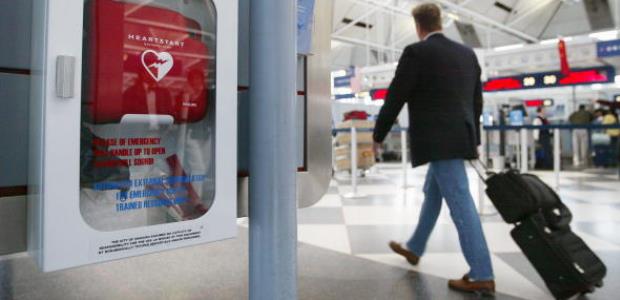
By John Ehinger
Unlike many other job skills, AED/CPR capabilities have universal utility and can be used outside of the workplace to save others, such as family members.

By Brian Galonek
The majority of companies that I meet with talk about their "safety program" in an unbranded, generic way that neither inspires nor adds value.
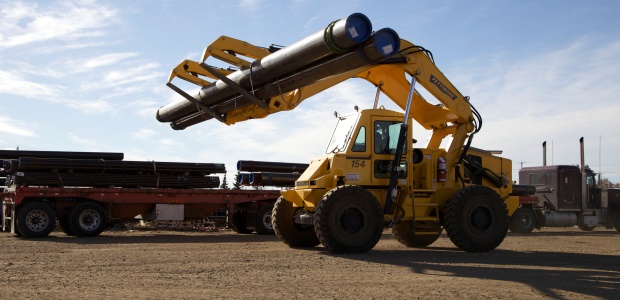
By John Major
Learn more about the safety considerations for oil and gas operators who must handle heavy pipe.
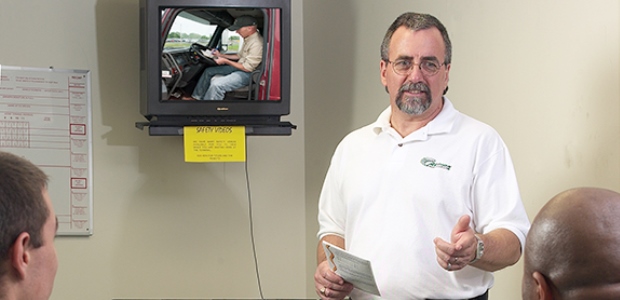
By Jill Schultz
Though not specific in detail, the regulations require training of commercial motor vehicle operators.
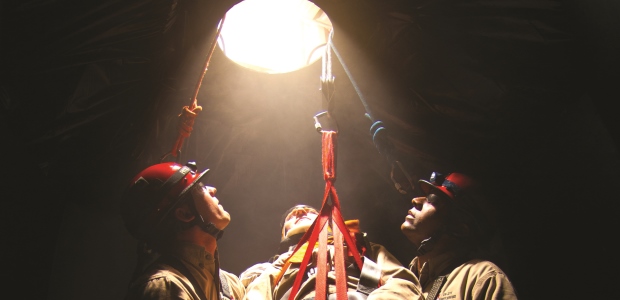
By Pat Furr
It is the employer's responsibility, both morally and legally, to engage with the 911 service that is being considered as its confined space rescue service.

By Nancy Trent
Increased water breaks will increase employees' performance. Employees need to be alert not only for their own safety, but for the safety of their co-workers, as well.
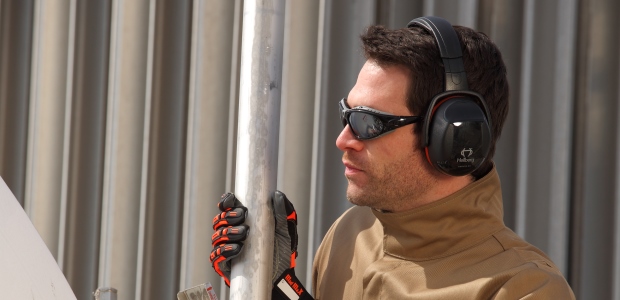
By Gary Klee, Colin MacKenzie
When combining hearing protection with safety glasses, face masks, etc., ensure performance is not adversely affected.

By Jerry Laws
Dallas welcomes participants in ASSE's annual conference and expo this month.

By Joseph Hanson
Beyond warning signs, there are a number of underlying causes that can trigger sudden cardiac arrest.

By Mark A. Lies, Kerry M. Mohan
OSHA's new reporting rule raises several questions as to what it even means.

By Linda J. Sherrard
Make sure you have asked the right questions. And if you do not have time or do not want to do the dirty work, ask your safety committee to do this, they typically will be glad to help out.
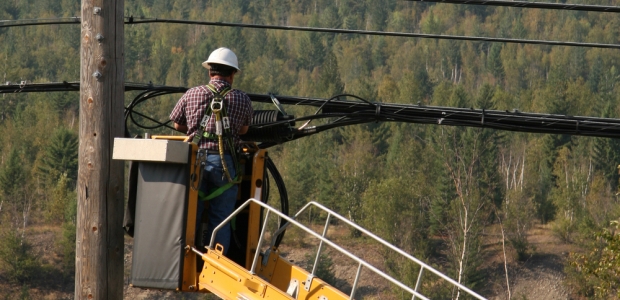
By Dennis K. Neitzel
The updated regulation creates a unified and up-to-date set of requirements to help employers more effectively establish safe work practices to protect their workers.
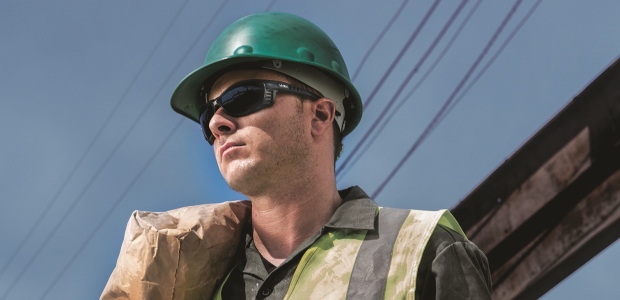
By Phil Johnson
Many workplaces implement guidelines above and beyond OSHA's for the types of eye protection to be used based on the specific hazards that are present.

By Jerry Laws
The active use of the program by successful teams suggests that acknowledgement is critical to the success of these programs.
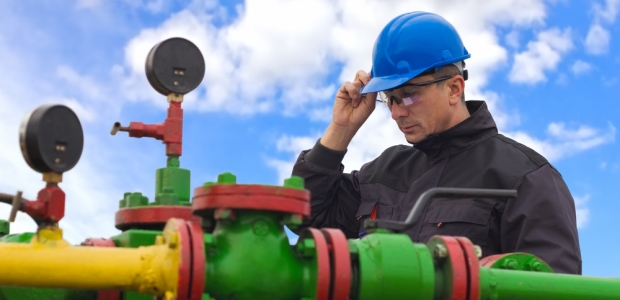
By Sally J. Smart
Exposures to hazards present in the oil and gas well drilling, servicing, and storage industry are addressed in specific standards for general industry.
Departments
By Shawn M. Galloway
It is ineffective to make your plans without knowing where you are going and what success looks like, correctly defined.
By Robert Pater
Have a disconnected or relatively disengaged workforce? Aim to get everyone involved in some way, no matter how small at first.
By Jerry Laws
"We understand the importance of this industry, but workers' lives should not be sacrificed for a better cell phone signal," said Dr. David Michaels, assistant secretary for occupational safety and health.